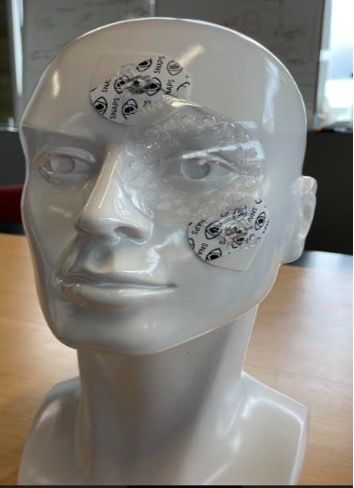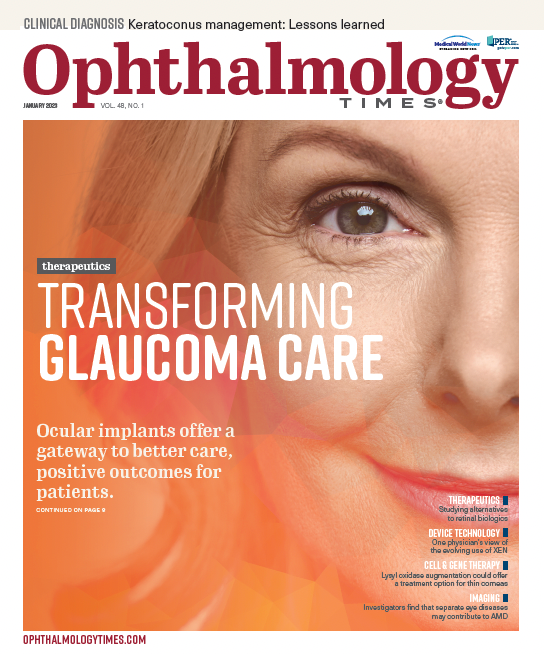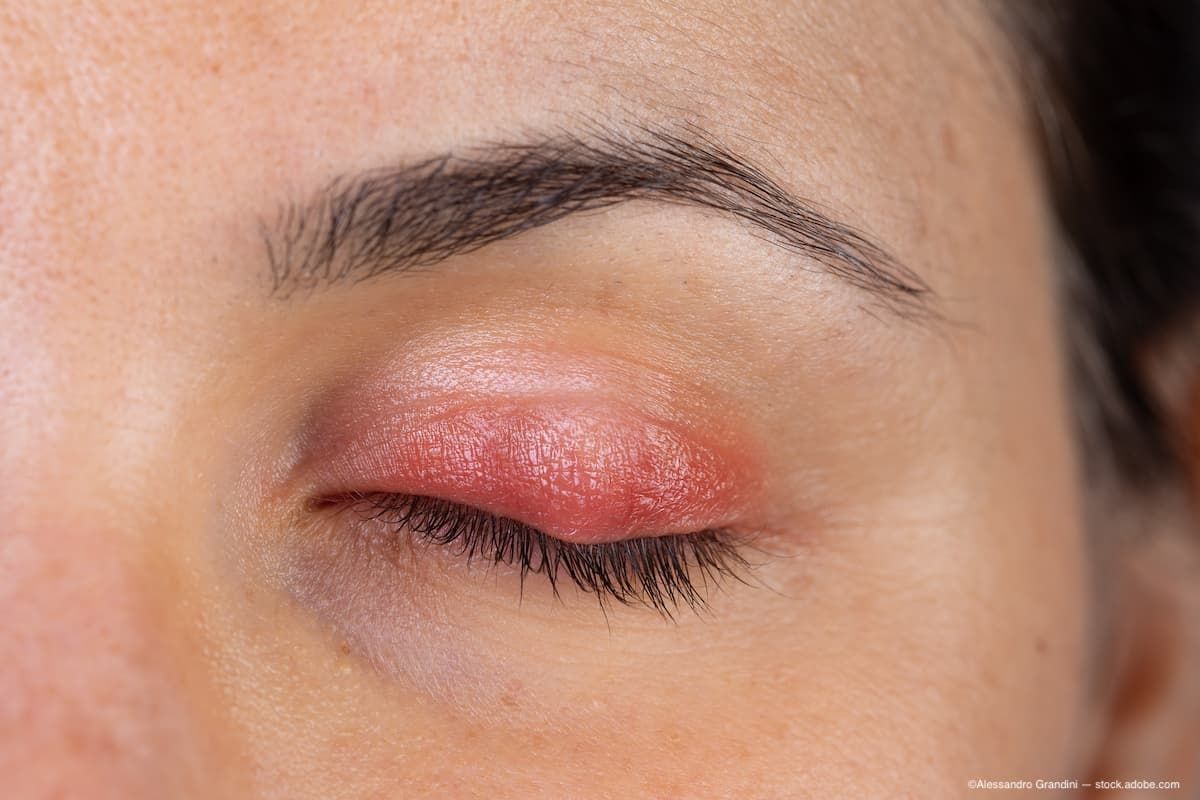Publication
Article
Digital Edition
Top 5 predictions for ophthalmology in 2023
Author(s):
Joshua Mali, MD, offers his prognostications for the new year
Dr. Joshua Mali, MD, is a board-certified ophthalmologist and award-winning vitreoretinal surgeon at The Eye Associates, a private multispecialty ophthalmology practice in Sarasota, Florida.

It’s that exciting time of the year again when I reveal my top 5 predictions in ophthalmology for 2023!
1. Vabysmo will take the lion’s share of the anti-VEGF market for nAMD and DME
Not since the FDA approval of the first anti-VEGF agent, ranibizumab (Lucentis, Genentech), in 2006 have we had such an impressive innovation in neovascular age-related macular degeneration (nAMD) and diabetic macular edema (DME) management, with the recent FDA approval of faricimab-svoa (Vabysmo), the first bispecific antibody designed for intraocular use. Its unique mechanism of action of simultaneously binding and neutralizing Ang-2 and VEGF-A has been demonstrated to be a very effective treatment for nAMD and DME, with robust visual gains, significant retinal optical coherence tomography (OCT) anatomical benefits, and the potential of extended durability (16-week dosing). I can tell you from real-world clinical experience (I have been using it in my patients since the FDA approval early in 2022) that faricimab is hands down the most potent anti-VEGF therapy on the market today. I have used it in all patient types (treatment-naïve and refractory patients, and stable patients wanting a longer duration from their current injection frequency) and have had tremendous success. Since the recent permanent J-code release in October 2022, I suspect that we will see a significant acceleration in faricimab usage in the retina community for 2023. Genentech has been an incredibly dynamic company that continues to produce unique innovations such as faricimab that will likely be game changers in the retina therapeutic space not only for 2023, but for many years to come. For this reason, faricimab takes my top spot.
2. We will have an FDA-approved treatment for geographic atrophy
Geographic atrophy (GA) has been the final frontier in retina medicine. Although currently there are no FDA-approved treatments for GA/dry AMD, that will change in 2023. Apellis’ FDA-submitted targeted C3 therapy, pegcetacoplan (Empaveli), has been designed to regulate excessive activation of the complement cascade, which can lead to the onset and progression of many serious diseases including GA. Although the retina community was hoping for the final FDA decision to be rendered by November 2022, Apellis submitted additional 24-month efficacy data to supplement its new drug application. The FDA considered that to be a major amendment to the application, which means the target action date will be pushed back 3 months to give the agency time to review the supplemental data, with an expected action date in February 2023. I believe the additional long-term data provide even more robust support for the product profile and I strongly believe the data will support eventual FDA approval in 2023. However, not too far behind is Iveric bio and its C5 inhibitor avacincaptad pegol (Zimura), which appears to be very promising as well and, I predict, will build upon previously released data from 2022. These 2 agents will usher in a new era in the treatment of GA, giving hope and optimism to patients who desperately need it. Therefore, count on the FDA approval of pegcetacoplan in 2023.
3. SNAPS Eye Shield will be the gold standard for postoperative ocular protection
As surprising as it may seem to any ophthalmologist reading this article, the simple postoperative eye shield has not seen (pardon the pun) any significant innovation for decades. Despite its status as an essential postoperative safety eye product and being used by every ocular surgeon in every single ocular surgery on the planet, the eye shield has been neglected and taken for granted to date. Postoperative eye shields can be uncomfortable, difficult to remove/replace for patients at home, and may inhibit airflow to the eye. These problems may lower patient adherence and affect surgical outcomes.
SNAPS Eye Shield

More than 50% of patients state that the current eye shields using tape are uncomfortable and cumbersome. Complaints range from tape discomfort, reduced eye ventilation, and inconvenience while removing and replacing the shield for postoperative drop placement. Our extensive technological advances with premium IOLs, microinvasive glaucoma surgery, and retinal instrumentation have far outpaced our focus on simple essential advances in one of our most important and most frequently used surgical products, until now.
SNAPS Eye Shield is a new premium postsurgical eye shield that can be easily placed, or removed, and requires no tape. The clear acrylic shield is very comfortable to wear, highly stable on the face, provides excellent airflow, and allows easy access for examination or drops. It was an honor for me to be a part of the team to help design and develop this dynamic and innovative eye shield. My hope is that we will be able to get this eye shield into every operating room and on every postoperative ocular surgery patient in the world to provide patients with the safest and most comfortable option on the market. SNAPS is an FDA-cleared device and will be the gold standard in postoperative ocular protection starting in 2023. Learn more at www.snapseyeshield.com.
4. Biosimilars will struggle to advance in the ophthalmic therapeutic marketplace
Certainly, biosimilars have received some significant press in 2022. With the FDA approval of ranibizumab-nuna (Byooviz) in late 2021 and ranibizumab-eqrn (Cimerli) in August 2022, it would seem that 2023 would be a prime year for biosimilar advancement in the anti-VEGF marketplace. However, to be honest and frank, it is not clear to me where biosimilars truly fit in in the ophthalmology/retina field. They obviously do not provide additional efficacy, durability, or safety compared with their tried and true branded counterparts, so other than a potential cost difference benefit, it would seem to me that the uptake by clinicians will be poor.
On the other hand, I do sense that certain payers may eventually prefer that eye care professionals try a less costly biosimilar first in a step-edit fashion and have to demonstrate failure prior to using a branded anti-VEGF agent. This is the only scenario I could see as plausible, but this could take significant time to actually be implemented (well beyond 2023) and will likely receive resistance from physicians and/orpatients. If any of the biosimilar manufacturers are reading this and disagree with my prediction or would like to discuss, feel free to contact me. Until then, my prediction on biosimilars remains.
5. Retina analytic tools will be the new emerging industry
With OCT technology and retinal imaging becoming a vital part of the practice of retina, just as important is analysis of these data to help us make clinical decisions. Additionally, with the advent of therapies for GA on the horizon, the need to monitor the growth of GA lesions and display prediction models is becoming paramount. Therefore, I believe that retina imaging analytic tools and software will be the new emerging industry blossoming in 2023.
One example of these types of technologies was announced recently by RetinAI Medical AG with the launch of Discovery CORE with artificial intelligence (AI),[KM1] for retinal fluid and layer segmentation. Discovery CORE and its AI models have been designed to accelerate data analysis and help clinical and academic researchers collaborate more efficiently in real time with their peers on medical and imaging data sets. The software measures retinal fluid volumes and layer thickness across OCT data sets automatically in real time. Further, it integrates annotation tools and electronic case report forms, which enable new data insights to be collected across peer networks, keeping the information digitized, centralized, and secure. The functionality of CORE can be used to assess disease end points at scale; jump-start the building of registries and real-world evidence data sets; and help with shared workflows to evaluate data, train physicians, and establish best practices within the clinic.2
With technologies like this and others in the pipeline, retinal specialists will have standardized analysis tools for conditions such as nAMD, GA, retinal vein occlusion, and DME that will refine our current retinal disease management paradigm. This new industry will have momentum in 2023 and rounds out my top 5 predictions.
2023 is shaping up to be an amazing year. I look forward to keeping you updated throughout the year and beyond.
Joshua Mali, MD
E: malienterprisesglobal@gmail.com
Dr Mali is a board-certified ophthalmologist and award-winning vitreoretinal surgeon at The Eye Associates, a private multispecialty ophthalmology practice in Sarasota, Florida. He is also the founder and CEO of Mali Enterprises (www.malienterprises.org). His financial disclosures include Genentech/Roche (consultant, speaker), SNAPS (equity owner), and RetinAI (consultant, research grant).
References
- Mali J. Dr Mali’s top 5 predictions in ophthalmology for 2022. Ophthalmology Times®. December 27, 2021. Accessed December 20, 2022. https://www.ophthalmologytimes.com/view/dr-mali-s-top-5-predictions-in-ophthalmology-for-2022
- Hutton D. RetinAI launches Discovery CORE AI-powered, collaborative platform to accelerate clinical and academic research, and RWE analysis in ophthalmology. Modern RetinaTM. December 1, 2022. https:// ww.modernretina.com/view/retinai-launches-discovery-core-ai-powered-collaborative-platform-to-accelerate-clinical-and-academic-research-and-rwe-analysis-in-ophthalmology

Newsletter
Don’t miss out—get Ophthalmology Times updates on the latest clinical advancements and expert interviews, straight to your inbox.





